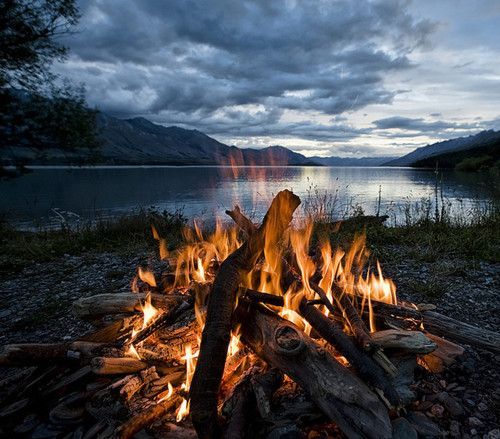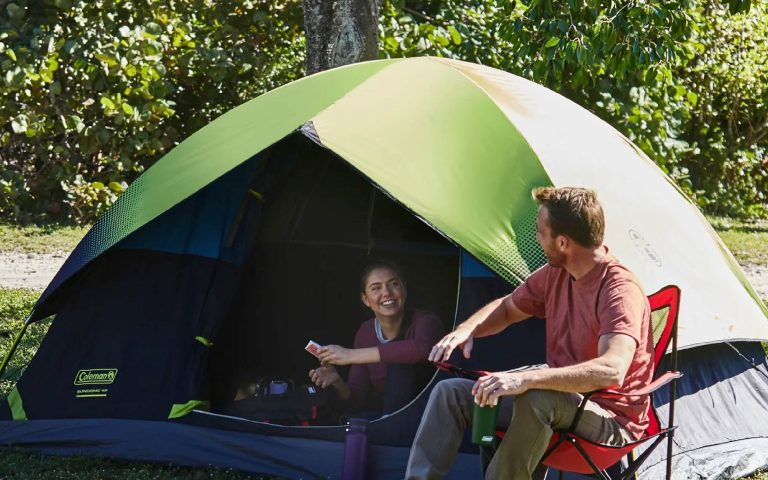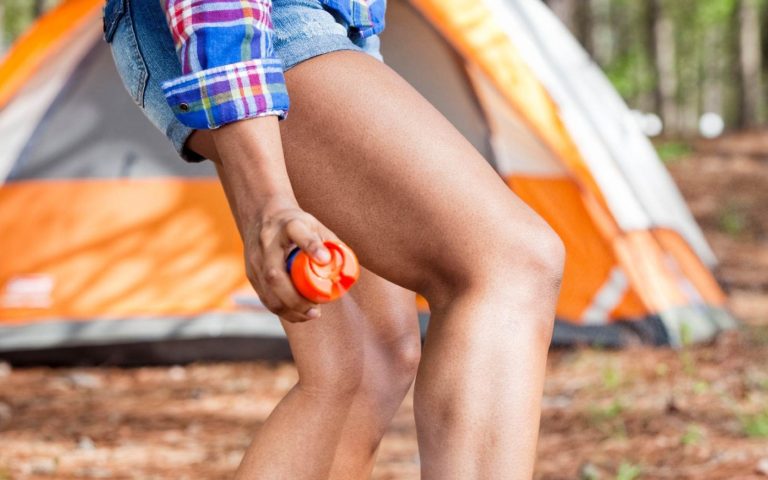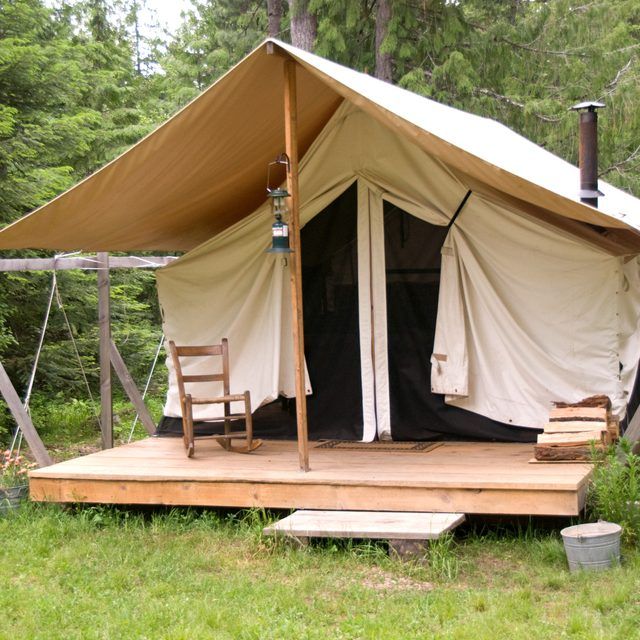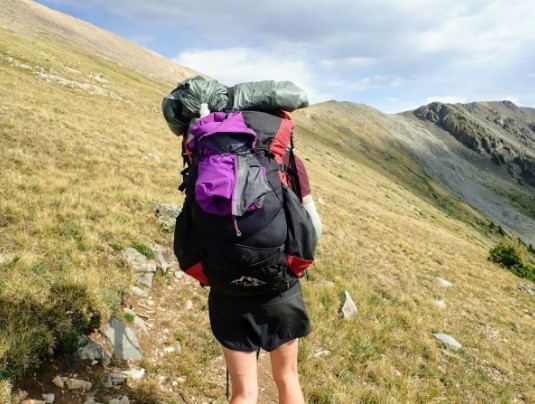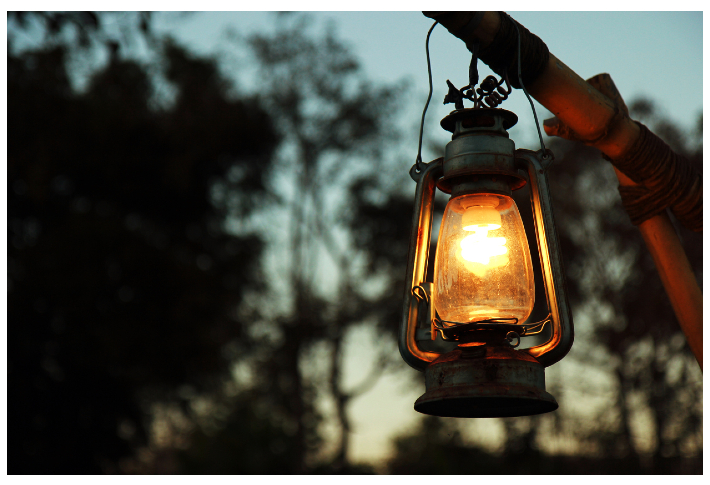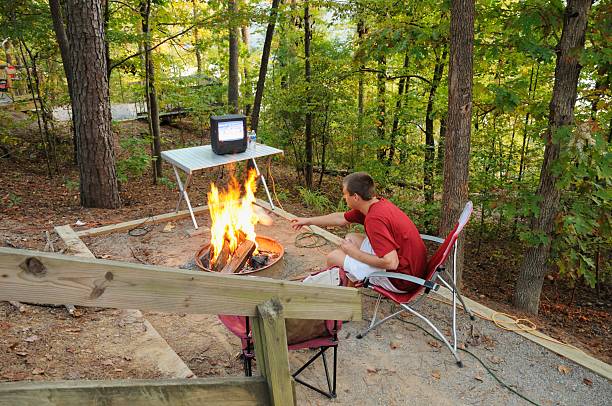Here’s How to Have a Campfire in the Rain
Building a campfire in the rain can be a challenging yet rewarding experience. It allows you to enjoy camping even in wet conditions and creates a cozy atmosphere that can warm you up on a chilly day.
This guide aims to walk you through the step-by-step process of how to have a campfire in the rain, ensuring that you stay dry and warm throughout your camping trip. Also, read how to camp in the rain
Table of Contents
How to Have a Campfire in the Rain: Preparing Your Materials
When it’s raining, the moisture in the air makes it difficult for firewood to ignite easily. To overcome this challenge, it’s important to prepare your wood and fuel properly. Start by splitting larger pieces of wood into smaller chunks, as this exposes more surface area to the incoming flames. The increased surface area helps the wood catch fire faster, even if it’s not completely dry.
Look for the driest wood available, as it will burn more efficiently and produce less smoke. Moist wood tends to create unignited smoke, which can affect the air quality of your campsite. One useful trick to ignite your fire is using lint from your clothes dryer filter. It’s an excellent fire starter that is readily available and cost-free. Alternatively, you can use wax paper or two stones set ablaze to provide a base for your firewood.
Finding Shelter for Your Campfire
Before you start building your campfire, it’s crucial to find suitable shelter for both yourself and the fire. An open fire exposed to rain will not last long. Constructing a covering over your campfire will protect it from the rain and ensure it stays ablaze. However, it’s important to choose a covering material that doesn’t ignite quickly, such as paper or clothing. The cover should have openings at the sides to allow air to reach the fire, as oxygen is essential for keeping the fire alive. Learn how to set up a tent in the rain
Building a Platform for Your Campfire
To establish a solid foundation for your campfire, it’s necessary to build a platform at the bottom of the fire pit. Dried twigs are ideal for this purpose, as they are small and flat, making it easier to lay them out evenly. If you have any leftover paper or old logs from previous fires, you can use them as well. Place these materials under the first layer of tinder on top of your platform, ensuring they are large enough to catch fire.
Having Extra Wood and Kindling on Hand
Wet wood alone may not burn well or for long periods, but when combined with dry kindling, it becomes a recipe for success. It’s essential to have extra pieces of kindling available to help start your campfire in inclement weather. This ensures that once your fire is going, you have enough heat and light to stay warm. Bringing additional dry firestarters or lighter fluid can also be helpful in case your logs are damp, making it easier to ignite the fire.
Starting Small
For how to have a campfire in the rain, it’s important to start small and gradually increase the size of the fire if needed. Attempting to start a large fire immediately to keep warm is risky and can lead to an uncontrollable blaze. Begin with smaller pieces of wood and add larger ones as necessary. This approach allows you to maintain control over the fire and avoid any unexpected accidents.
Being Prepared for Ignition
Wet wood can be challenging to light, so it’s important to be prepared for ignition. Using kindling, paper, or dry fire starters will help you get your wet wood burning. Although it may take longer than usual, adding enough kindling and firestarters, along with dry logs, will eventually ignite your campfire. As mentioned earlier, firestarters or lighter fluid are here to make your life easier.
Building the Campfire Correctly
When building a campfire in the rain, it’s crucial to choose a suitable location away from trees and overhead branches that could drip water onto the fire. While using overhead branches may seem like a good way to protect the fire from rain, they can also make you wet as they drip water on you. Find a location that provides complete shelter from the elements, gather fallen wood, and light your fire there. This ensures a safe and enjoyable campfire experience.
Using Only What’s Necessary
To stay warm on a rainy day, it’s important to consider the size of your campfire. If you plan to settle in for the night, a larger fire might be appropriate. However, if you only need warmth for a short time or to cook a quick meal before heading indoors, using only as much wood as necessary is recommended. This prevents the fire from getting out of control and becoming a hazard.
Beware of Flammable Materials
When starting a campfire in wet conditions, it’s crucial to be aware of flammable materials in the vicinity. Sparks from your fire or hot coals can ignite nearby objects if they are too close. Take note of dried leaves and grass surrounding your campsite, as they can easily catch fire. Even in the rain, some grass or leaves may be dry enough to ignite, so exercise caution and keep a safe distance from them.
How to Have a Campfire in the Rain: Bringing Dry Wood as a Starter
One effective way to start a campfire in the rain is by bringing dry wood with you. This eliminates the need to search for dry wood outdoors while it’s raining. If you don’t have any dry wood available, look for wood that may have gotten wet but is still clinging to the tree. This wood will likely have most of the water already running off, making it easier to ignite.
How to Have a Campfire in the Rain: Ending Remarks
In summary, knowing how to have a campfire in the rain ensures your outdoor fun isn’t washed out. With smart preparation and proper techniques, you can conquer the elements and enjoy a cozy campfire even when it’s wet. Remember to exercise caution, have the necessary rain gear, and choose a suitable location for your campfire.

Meet Sarah, a passionate traveler and camping enthusiast who loves to explore the great outdoors. With years of exploring, she has become an expert in testing and reviewing the best tents on the market which got her to start mytravelingtents.com. Her insightful reviews provide valuable information to fellow adventurers looking for the perfect tent for their next camping trip.
